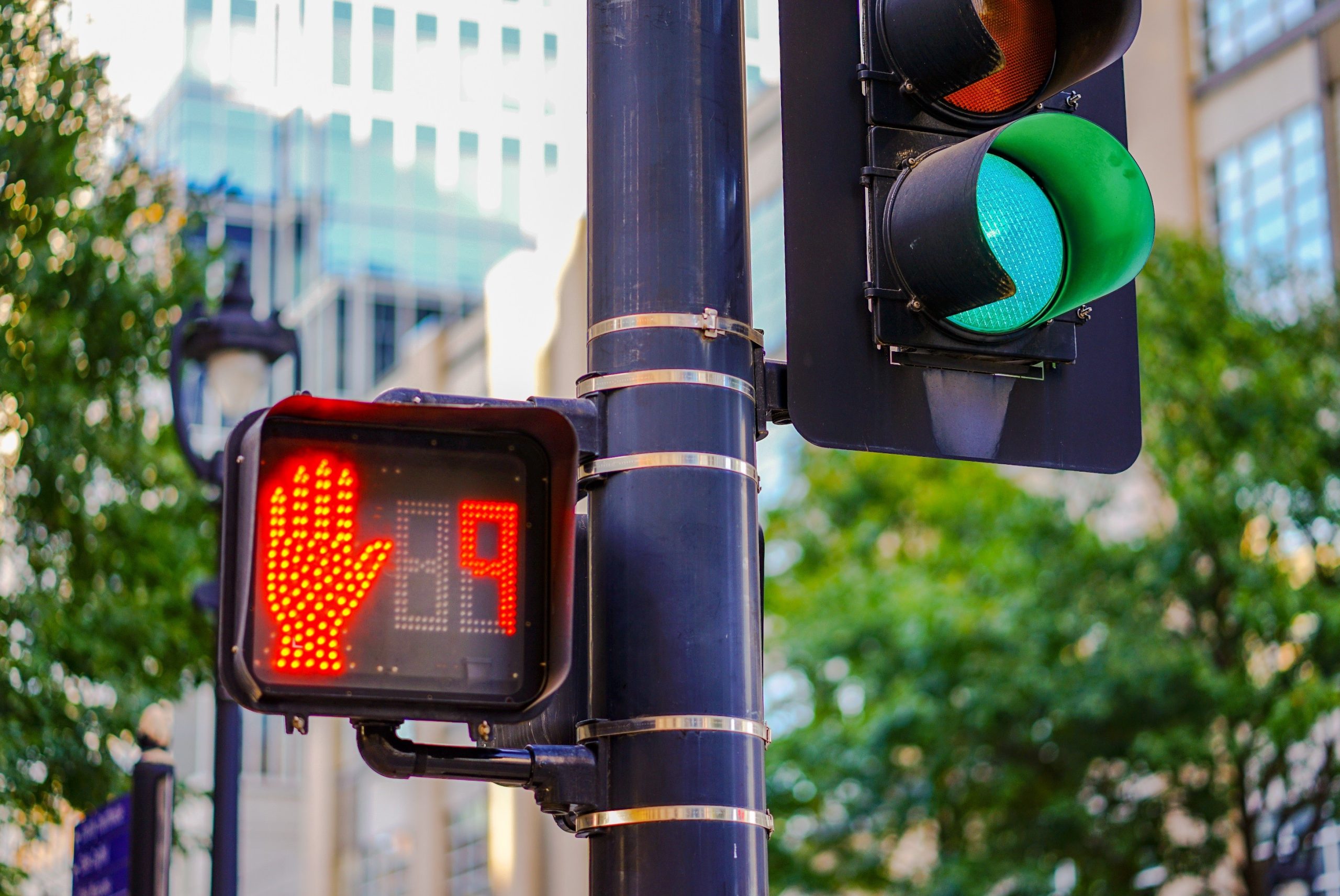From the time we begin driving we are taught that we must always follow our state’s traffic laws. And no matter how long we have been driving we can still find some laws confusing, one of those being North Carolina’s right-of-way laws. This blog will explain those laws as well as the penalties of violating those laws in eastern North Carolina.
Laws Regarding Right-of-Way and Emergency Vehicles
The state of North Carolina has very strict laws regarding yielding the right-of-way to an emergency vehicle. If you see an ambulance, fire truck, police car, or any other emergency vehicle driving with their lights flashing and sirens on, you as a driver must yield to those vehicles.
Right-of-Way Rules for Drivers and Pedestrians Explained
Right-of-way rules apply to both drivers and pedestrians in our state. Each must yield the right-of-way and may be ticketed for not following the laws. Here are the most common laws that need to be followed:
- Drivers always have to yield the right-of-way to pedestrians.
- Drivers and pedestrians must both obey the state’s traffic signals.
- When there are no traffic signals present, pedestrians have the right-of-way in crosswalks that are both marked and unmarked.
- Pedestrians crossing the road on a green light have the right-of-way.
- When approaching a traffic signal, if the light is turning from a green light to yellow light or a yellow light to red light, and a pedestrian is in the crosswalk, the driver must yield to the pedestrian.
- Blind pedestrians ALWAYS have the right-of-way.
- When an intersection has “Walk” and “Do Not Walk” signals, a pedestrian will have the right-of-way if they are crossing on the “Walk” signal – even if the traffic light is not green.
Intersection Right-of-Way Regulations Explained
Here are some common laws on the right-of-way in intersections that drivers must follow – some of which are confusing to drivers young and old in our state:
- When a car is in an intersection, other motorist must give that car the right-of-way.
- If two cars arrive at an intersection that is unmarked at the exact time, the car that is driving straight will have the right-of-way.
- When arriving at a stop sign, drivers must yield to the through traffic.
- When leaving a driveway, a driver must yield the right-of-way to other vehicles traveling on the road.
What are Penalties for Violating Right-of-Way Laws?
Aside from possibly having court costs, the laws are very clear when it comes to being ticketed:
- Failure to yield the right-of-way to a motorist is $35 fine
- Failure to yield to a pedestrian is a $100 fine
- Failure to yield to an emergency vehicle is a $250 fine
- You can also receive three points for failure to yield to an emergency vehicle or motorist and four points for failing to yield to a pedestrian added to your driving record.
Some may think that these penalties are not too severe, however what they are not thinking about is how the long-term effects will be to their car insurance costs. And, depending on your driving record, and how many points you already have, you could end up having your driver’s license suspended.
If you have received a right-of-way ticket, you may want to contact a traffic law attorney before managing the ticket on your own. Attorney Leslie Locke Craft has over 35 years of experience and she would be happy to review your case and see if she can help you fight the ticket. Give Craft Law Offices a call today for a free consultation.



